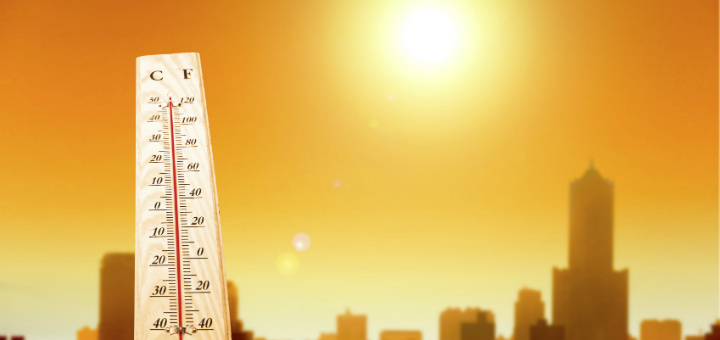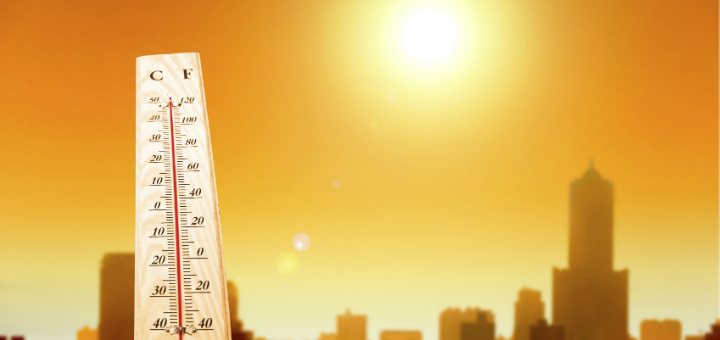
When we use electricity, we rarely think about how it works. All we know is that when we flick a switch, or press a button, our lights turn on, our ovens heat up, and our televisions broadcast our favorite shows.
What really goes on behind the scenes is that power is generated at a power plant, and then transferred to substations so that transformers can turn it into usable electricity. From there, the electricity is sent to our homes and places of work through a series of power lines and wires.
A common name for this process is: the grid.
Each day, the grid needs to supply us with what is known as the baseline (in other words, the amount of electricity the grid needs to produce). In addition to the baseline, the grid also needs to handle sharp increases in energy consumption. For example, electricity usage tends to spike in the evenings when people come home from work. In the summer months, air conditioners that run all day also have a significant impact on the grid. These types of situations are what the industry calls peak usage times.
Demand Response ? Reduce the Load
Peak usage times have a significant impact on the grid. To compensate, the industry needed a way to reduce the load to prevent transmission glitches, extreme heat and the heavy costs associated to each.
Demand response is the solution to this problem. Demand response allows customers to voluntarily cut back on their electricity consumption during defined hours, specific days of the week, at times where the cost is high, or in emergency situations (blackouts).
There are three types of demand response:
Emergency Demand Response ? is used in situations where there is supply scarcity to prevent uncontrolled service interruptions.
Ancillary Services Demand Response ? is made up of many specialty services to make sure that the operation of the transmission grid is secure.
Economic Demand Response ? allows customers to reduce their consumption when the production or usage of electricity is worth less than paying for that electricity. This type of demand response has the greatest impact on residences, businesses and industries. It is also the type on which the rest of this article will focus on.
At first, demand response only applied to large industries and businesses that consumed electricity in large amounts (over 1 MW). Today, due to advances in smart meter technology, residences and smaller businesses and industries are also encouraged to participate.
The Impact of Demand Response
According to the United States Department of Energy, as of 2003, 3,883 kWh of electricity was distributed and used by a population of around 280 million. As you can imagine, this puts an enormous amount of stress on the grid.
Therefore, the demand response programs put into place by utilities, energy suppliers and demand-response service providers have been key in maintaining the grid?s core infrastructure.
Many of the industries mentioned above offer special plans, discounts and rates to customers who wish to contribute to demand response. Time-based pricing is very common, and allows consumers to save on their energy bill if they use electricity at times that fall outside peak usage. Some cities also have special peak usage time plans that offer information, resources, and energy savings to residents and local businesses that participate.
All of these programs ensure that there are no disruptions to business, home life, or quality while providing support to the integrity of the grid.
Demand Response Technologies
There are many technologies available that help to improve demand response. They all help to identify or isolate areas of program compliance, the need for load shedding, and even communicate information to consumers.
More specific technologies and initiatives include:
Software Solutions ? Industry specific software companies offer solutions that assist in monitoring and implementing demand response.
Federal Initiatives ? GridWise and EnergyWeb are two organizations that help to research and develop demand response technology.
Automated Systems ? During peak usage times, these systems will automatically reduce energy usage for homes and businesses. For example, your heat will turn down and refrigeration will turn up (based on real-time demand and cost).
Demand Response and the Environment
When energy is conserved, it has a direct impact on the environment. Using less energy means that less energy is produced. When less energy is produced, the amount of pollutants and greenhouse gas generated significantly decreases.
Other positive impacts on the environment include:
- Increased energy efficiency
- Integration with renewable energy sources
- Decreases the need to build and use power plants

